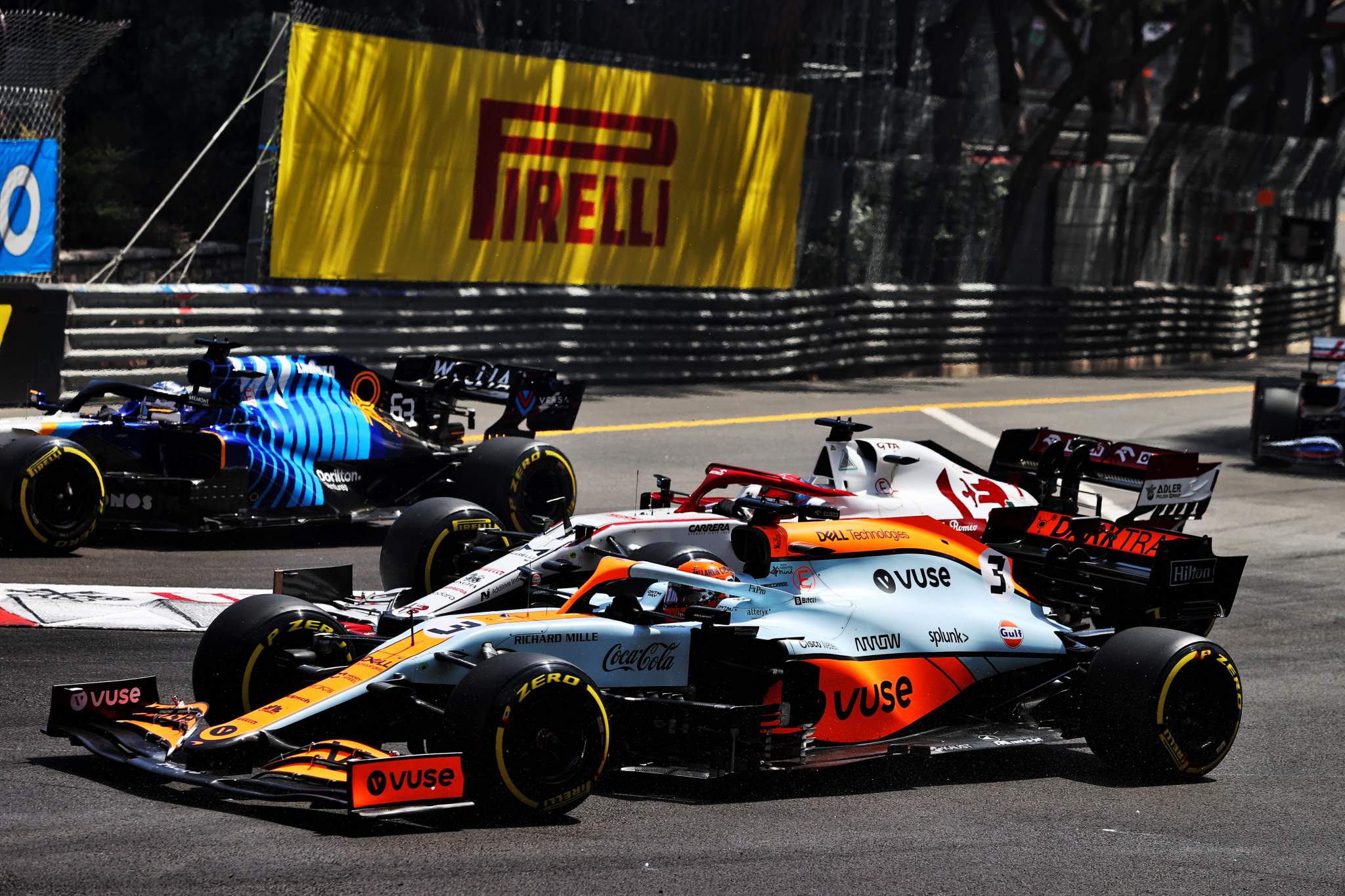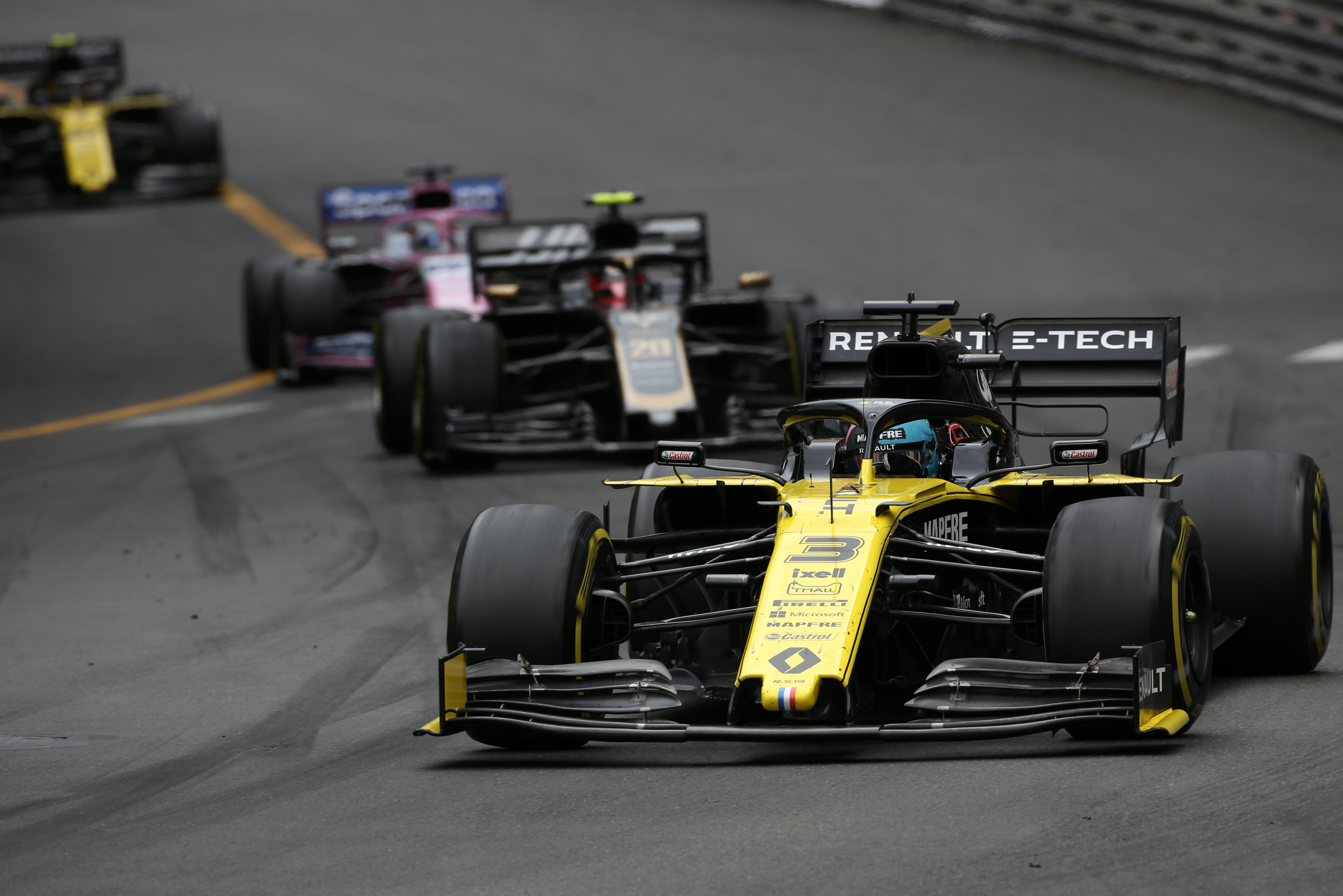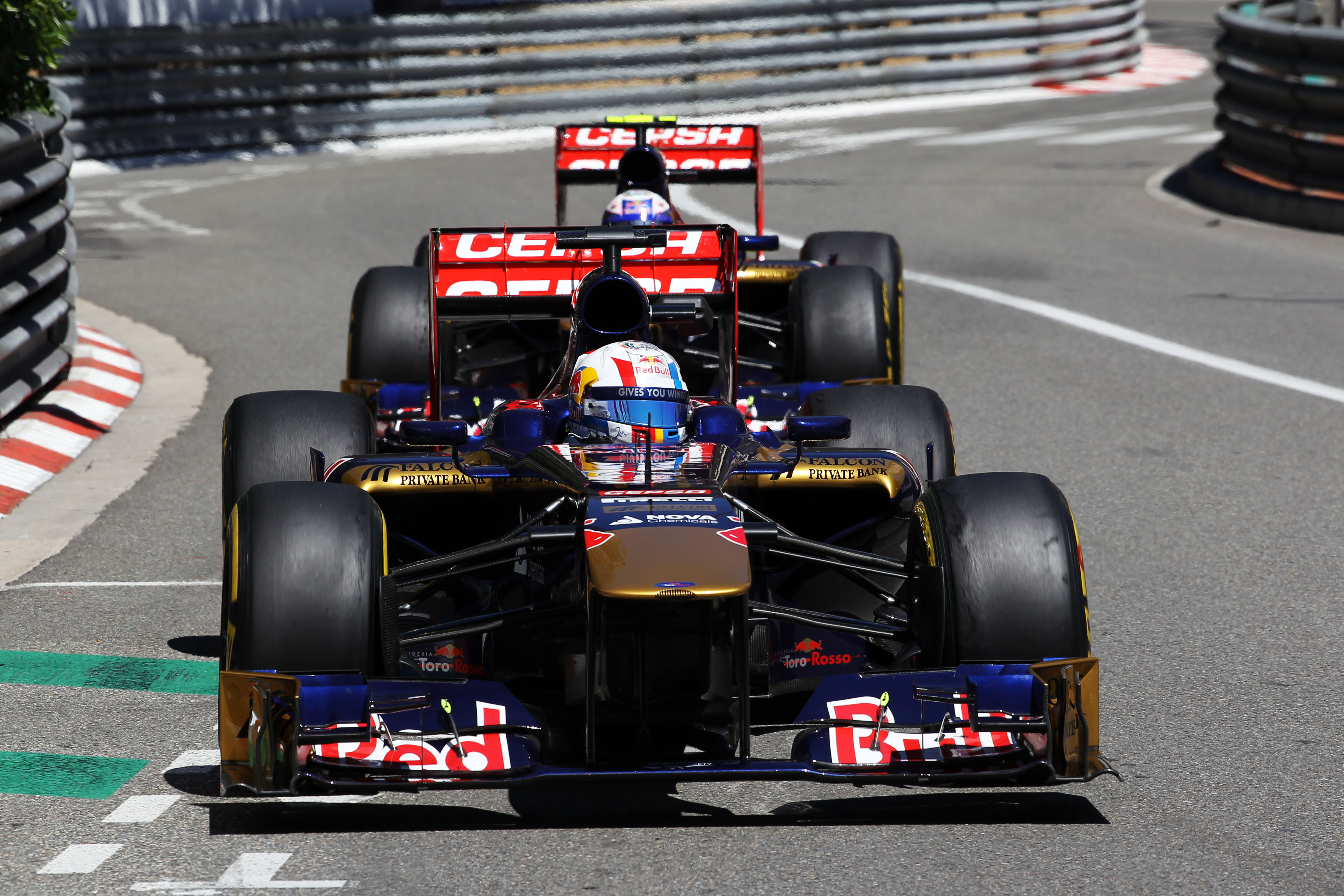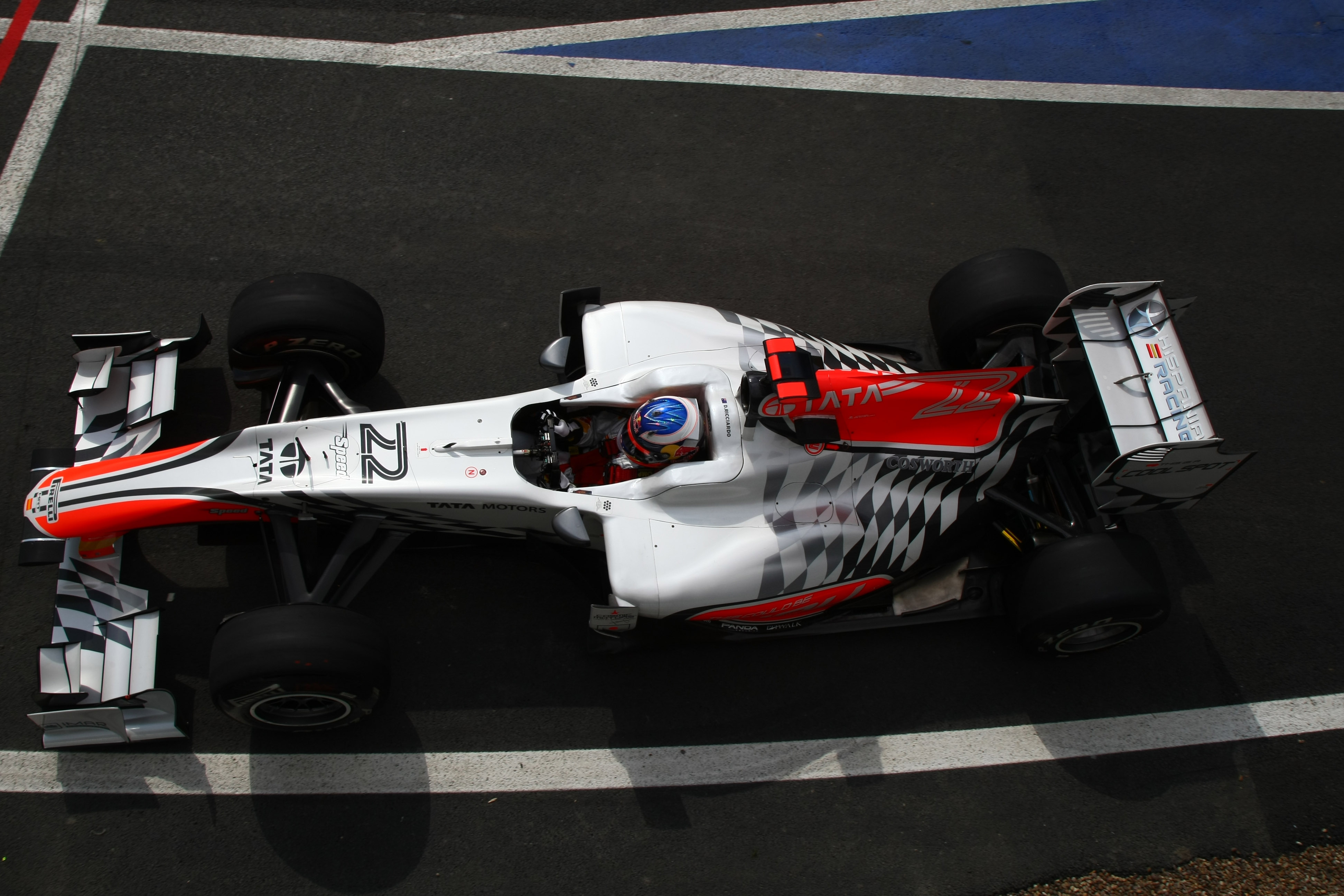Up Next

Daniel Ricciardo has been here before, and come through.
Tempting as it is to assume his early struggles at the McLaren Formula 1 team are the shape of things to come, history indicates he is a driver who will make a breakthrough. It’s simply a question of when.
There’s no question that he’s struggled relative to early-season star team-mate Lando Norris. His return of 24 points compared to Norris’s 56 doesn’t unfairly distort the competitive picture and the recent Monaco Grand Prix showcased just how much Ricciardo is struggling. And he knows it.
“I’m going to keep looking at it and see things I can do better,” said Ricciardo after the Monaco GP.
“There’s differences on the data – this is why Lando is quicker in that corner and I see that, but I’m not convinced that I’m able to do that.”

This entirely tallies with Ricciardo’s description of the feeling that weekend, namely that every time he completed a push lap and it felt decent, he was shocked by the deficit to Norris.
It’s indicative of a fundamental style incompatibility with the car in the all-important corner-entry phase, perhaps exacerbated by the slightly increased understeer balance of the modified-construction 2021 Pirellis as he attempts to load up the front end, wind on the lock and ease off the brake.
It might be that Ricciardo is driving the car as quickly as it can go with his default approach, but needs to rewire himself to be in tune with the car.
That’s easier said than done, but Ricciardo has had such problems before. The trouble is that it does take time, simply because drivers are always at their best when they aren’t having to think about every corner, every braking phase and force themselves to do something different. Subconscious processing is far faster than conscious processing, so until Ricciardo can approach a corner and just default to the correct style, it’s going to be a battle.
The most obvious comparison point are his early struggles with Renault in 2019. Initially, he felt the McLaren transition was more straightforward, but as the season has progressed this has been proved overly-optimistic.
Then, Ricciardo also struggled with the entry phase and adapting from a frontrunning car to a middling one, but he soon got to grips with it.
Even so, it wasn’t really until the second half of the season that he was consistently at the top of his game, turning in a string of particularly strong race performances and then keeping up his form in 2020.

“I’ve been here before, so confidence I wouldn’t say is an issue,” said Ricciardo. “It’s more I probably expected things to be a little easier.
“It is strange. Looking back, the transition to Renault wasn’t the easiest but I think Monaco was actually a pretty strong weekend for me there.
“We had a lot less mileage at the start of the year [in 2021] and I think that’s actually quite significant now.
“All that being said, I did not expect to be this far back. The team’s being very understanding and very good about it but personally I don’t want to be here, I want to be much further up.
“I appreciate them giving me time and I appreciate maybe I just do need more time. But since Bahrain it feels like I haven’t really made much progress, so I’ve got to try and unlock something soon.”
“Paralysis over analysis – I’ve been there before and I don’t want to go back to that” :: Daniel Ricciardo
Renault is just one example of Ricciardo getting on top of a car after troubled times, and the fact he makes the comparison with Monaco shows that the situation he faces is a little different.
But there was a less heralded struggle came during 2013, when he had an ill-timed slump in form at Toro Rosso that coincided with Mark Webber’s Red Bull seat becoming available for the following season.
It’s often forgotten that in the two races prior to Webber announcing he was leaving Red Bull in late June 2013, Ricciardo had struggled while team-mate Jean-Eric Vergne had superb weekends in Monaco and Canada.

Red Bull was keen on promoting one of the Toro Rosso drivers and Vergne appeared to be on form at the right time.
In a similar way to his ‘reset’ over the August break in 2012, turning a mixed bag of a year into a strong second half, Ricciardo managed to turn things round the following season too.
It was all about modifying the way he worked with his crew, a change of philosophy with less trial-and-error set-up work and a more methodical process.
From rock bottom in Canada, he made it to Q3 at Silverstone, maintained his form and soon the Red Bull seat was his. A year after his Canada nadir, he took his first grand prix win there.

You can even look back to his early days after being flung into F1 mid-season with HRT in 2011. On his debut at Silverstone he was surprised by how difficult the tyre management was, but went away, worked on it and got on top of it.
All of these situations are rooted in different problems, but the common thread is that Ricciardo masters it. That’s the difference between a driver of his calibre, a proven top gun capable of delivering consistently in a frontrunning car, and one who can only do it in favourable circumstances. He may have spells where he struggles, but he cracks it. The best drivers are always adaptable.
Monaco might prove to be the bottoming-out point he needed to hit. Both after qualifying and the race he raised questions about whether all was as it should be with his car, not through complaining or blaming the kit but simply because he was baffled by the situation he was in. In cold, hard print it might sound like excuses, but in person he was clearly sincere, confused and at a loss to understand.
But Ricciardo also showcased that streak of defiance, the refusal to accept his struggles must continue. That was tempered by the voice of experience, stressing that he felt he needed to give himself a break between Monaco and Baku. As he put it “paralysis over analysis – I’ve been there before and I don’t want to go back to that”. Wise.
If Ricciardo has managed to fit in a little down time, then it could be the start of the fightback, a zero point from which he can rebuild.
It might still take a little time, and getting to Norris’s current level will be a challenge even for a driver of Ricciardo’s calibre, but history suggests Ricciardo will crack it.
And it still is relative early days thanks to the limited pre-season testing – you only need to look at the performance of all of those who have changed teams to see that this has made things particularly difficult.
But Ricciardo has made it through this kind of situation before. The best always do understand, adapt and thrive and it would be to ignore history to assume the 31-year-old, whose affable character belies the depth of his determination, won’t do it again with McLaren as the season progresses.





